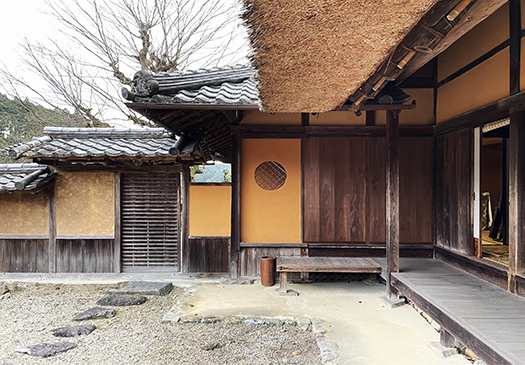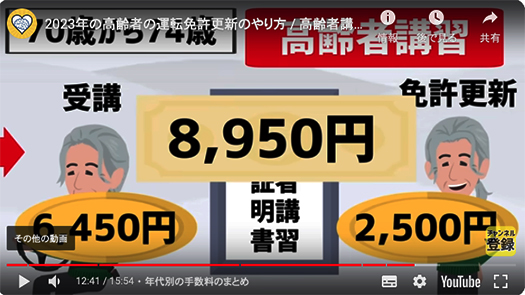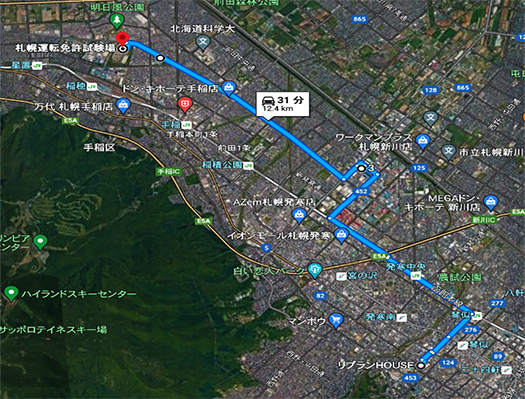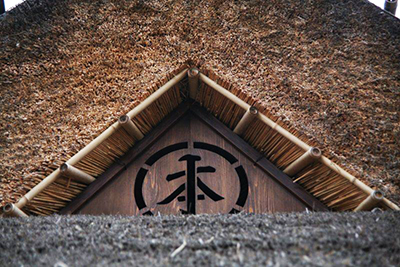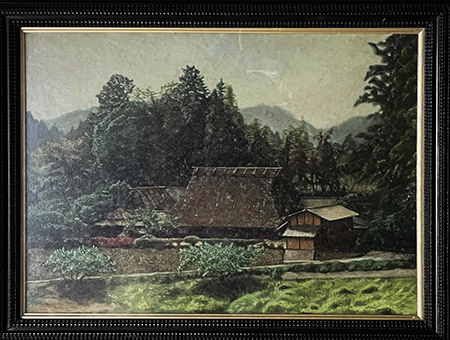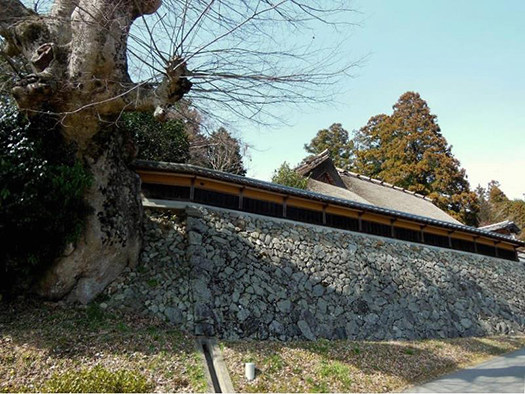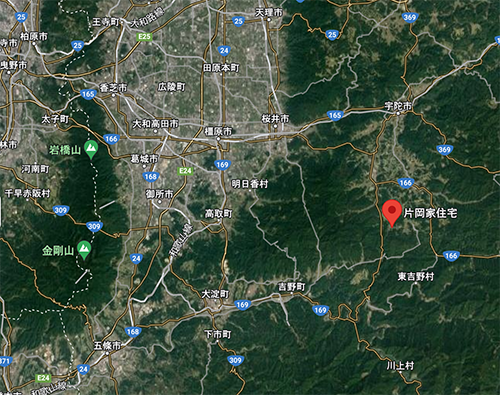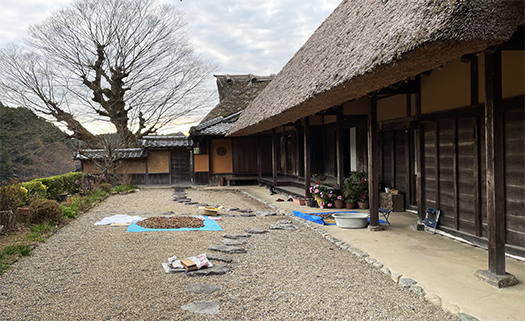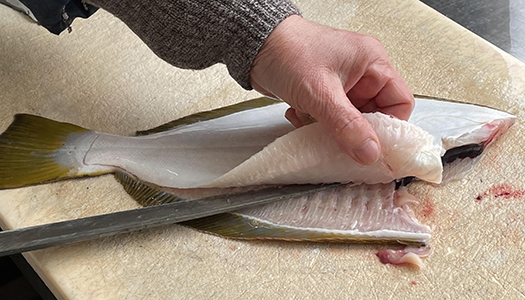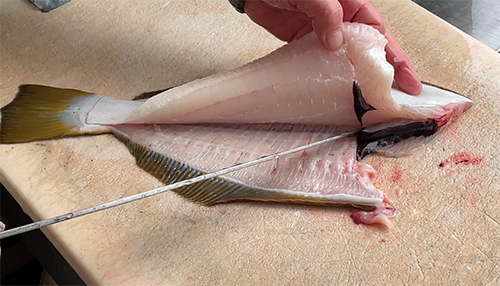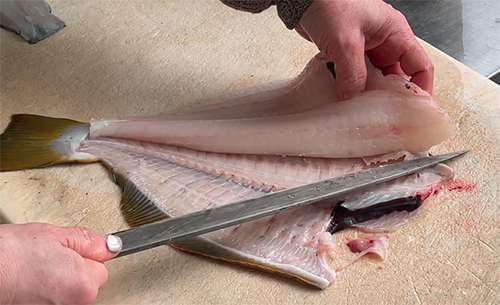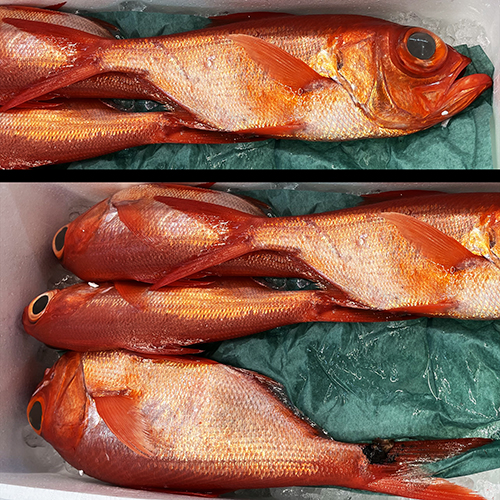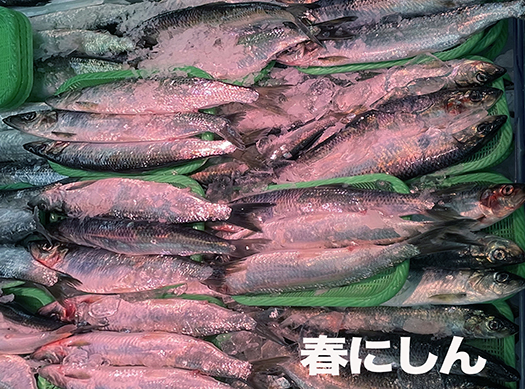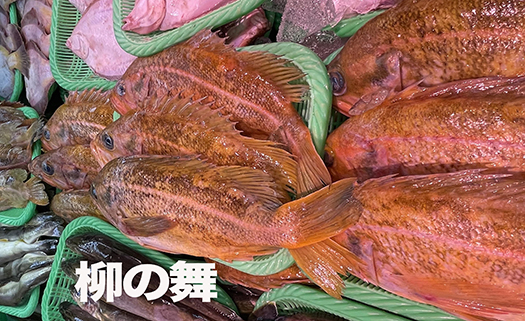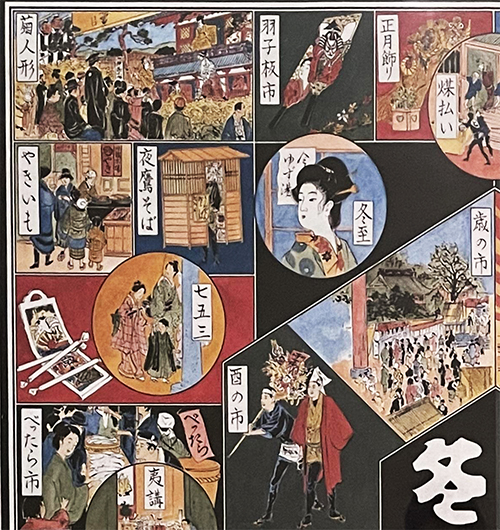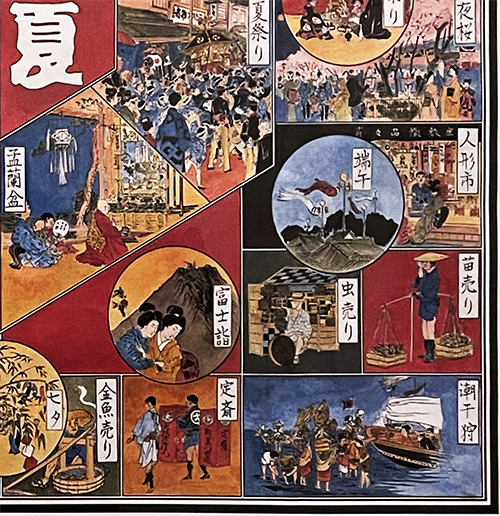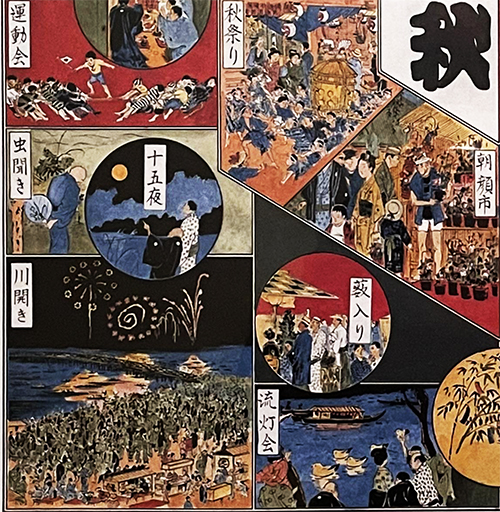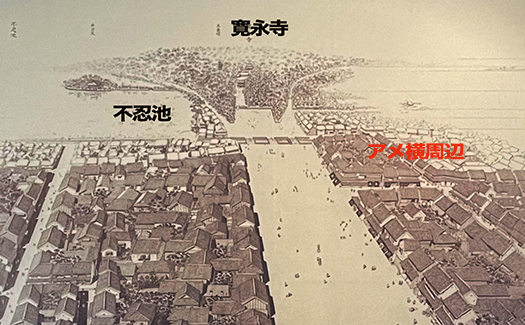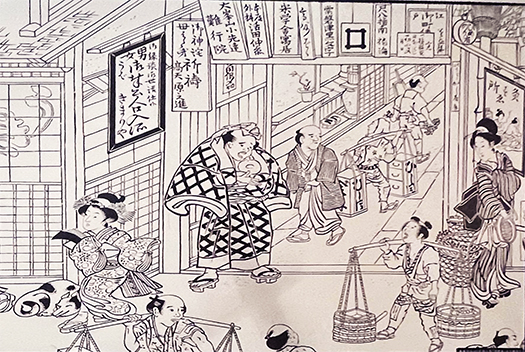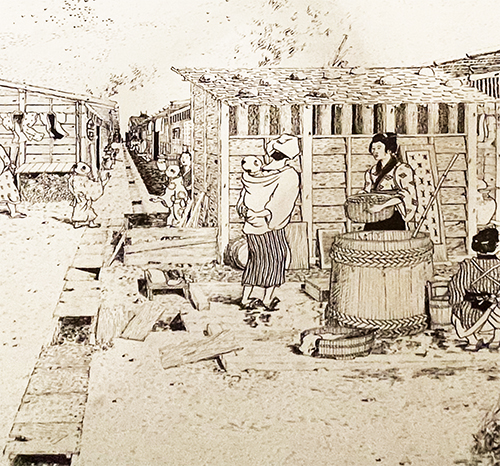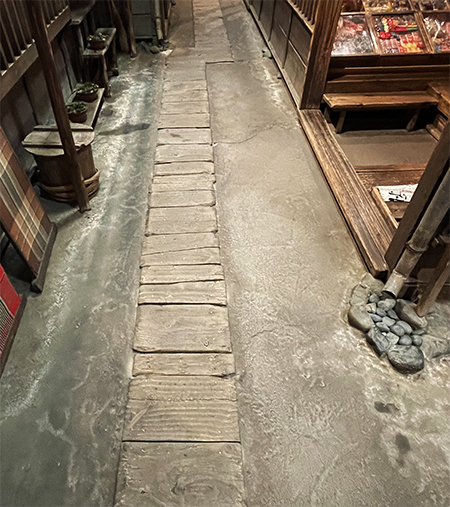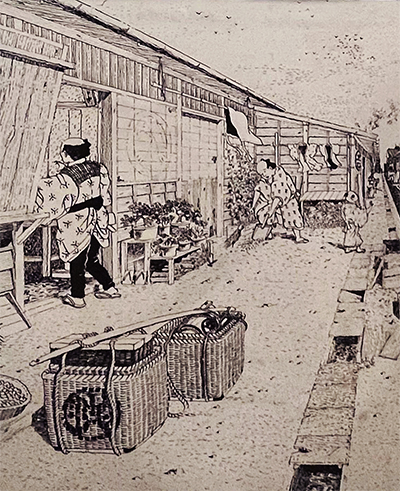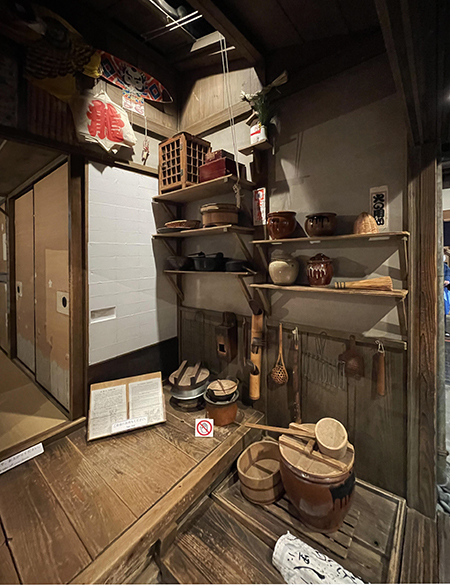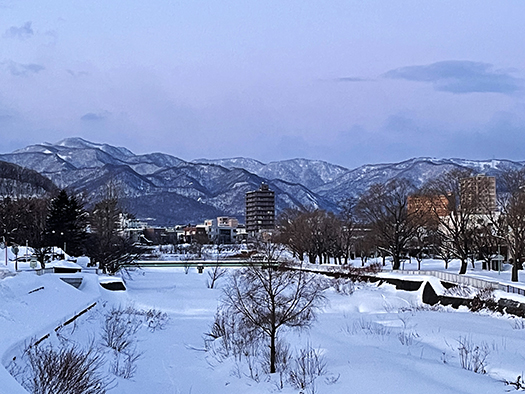
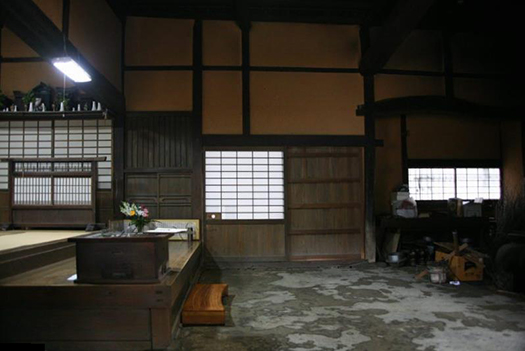

この奈良県宇陀の片岡家住宅のことを書いてみて参考になったのは「JAPAN WEB MAGAZINE」さんの記事。「片岡家住宅」として記事構成されている。その記事(公開日:2010/05/06)中に当時の当主の方が「住みごこち」について印象を語られているインタビュー部分があった。以下、要旨抜粋引用。
〜訪問者は口を揃えて「古くて立派で素敵ですねぇ」と感想を述べるそうだが、実際に居住するには様々なご苦労がおありという。「まず、堪えるのが何といっても冬の寒さです。」そもそも宇陀市は夏は涼しくて過ごしやすいが、冬は寒いのだそうだ。が、その上、天井の高さが高く、隙間の多い昔の造りの家は風が抜けて寒いのだという。確かに、どっしりとした外見からは気付かないが、内部から見るとがらんと天井が高くて実に寒そうな造りではある。いくら火を焚いたところで中々追いつかないだろう。〜
という率直な感想を述べられている。長年住宅雑誌社をしてきた身としては『冬は寒いのだそうだ』という表現は雑駁としすぎるように感じて気になるところではある(笑)。まぁそれはさておき、国指定重要文化財に住み続けるという一種の使命感と家への深い愛着は強く感じられる。一方で古建築としての補修については以下のような件。
〜重要文化財である以上、勝手に修理や改築は出来ない。県に届出後、修理が必要な箇所のみを専門の大工が来て手を加えるのだという。先祖から伝えられてきた立派な家屋への愛着を穏やかな口調で語るご当主。言葉の端々に、古い建物を守り伝えていく事の責任の重さと大変さが滲む。〜
この部分、言ってみれば「居住性能と建築文化の伝承」というテーマはなかなか考えさせられる。来訪参観者の目線からすれば江戸初期のさまざまな「歴史の証人」的な探究対象として見る部分がある。
きのうまで3回にわたって触れたように武家権力の一地方でのありよう・痕跡を探る視点からは、このように保存されている状況は、その居住性環境も含めて強い興味を惹かされる。そして建築は使われ続けていることで長期的保存も可能なのだとも思う。住宅は住み続けている間は機能性を維持するけれどうち捨てられると、あっという間に崩壊するというのも事実なのだ。
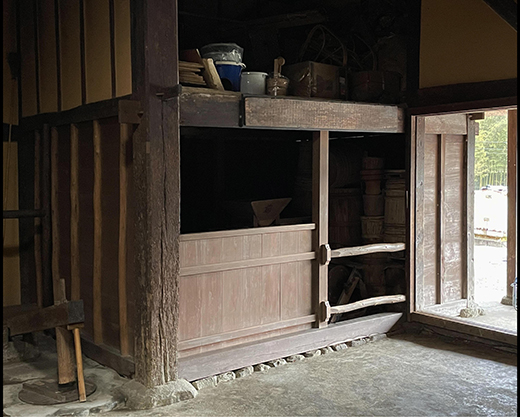

このように古建築を守りながら多くの来訪者に重要文化財として参観の機会を提供していただけるのは深く感謝すると同時に、より現代的な居住環境性を確保する方策も不可欠だろうと思う。デザインの本質を見失うことなく可能な居住環境向上策もありえるだろう。ただし、まったく現状を改変することなく性能向上を実現することはあり得ない。やはりどこかでトレードオフは必然化する。
建築で言えば、伝統建築と高断熱高気密技術の対話ということになるだろうか。歴史文化と現代的技術発展の調和というのは、長い歴史文化を持ちしかも現代文明技術基盤も底堅い日本社会だからこそ、柔軟に解決する知恵を出せる。やはり「対話」の姿勢が大切ではないだろうか。
English version⬇
Dialogue between Architectural Culture Inheritance and Modern Technology: The Kataoka Family
The residents frankly felt that the cold of winter was the first thing they had to bear. What is the harmony between the sense of mission of inheriting an important cultural property and modern life? The Kataoka House
The article “JAPAN WEB MAGAZINE” was helpful in writing about the Kataoka Family Residence in Uda, Nara Prefecture. The article is titled “Kataoka Family Residence. In the article (published on 2010/05/06), there is an interview with the head of the family who talked about his impression of “Sumigokochi”. The following is an excerpt.
〜Visitors to the house always comment on how old and beautiful it is, but there are many hardships involved in actually living in the house. First of all, the cold winters are very hard to bear. Uda City is cool and comfortable in summer, but cold in winter. The city’s houses are built in the olden days, with high ceilings and many gaps between rooms, which makes it cold and draughty. Indeed, although you would not notice it from the outside, from the inside it looks very cold with its high ceilings. No matter how many fires we built, it would not be able to keep up with the cold. 〜I was very surprised to see the coldness of the house.
I personally think, “It is cold in winter. Personally, I doubt the irrefutable expression, “I hear it is cold in winter. I personally have some doubts about such a simple expression, “I hear it is cold in winter. However, I strongly felt a kind of sense of mission to continue to live in a nationally designated important cultural property and a deep attachment to the house. On the other hand, the following is a case of repairing the house as an old building.
〜As long as the house is an important cultural property, it cannot be repaired or reconstructed without permission. After notification to the prefectural government, a professional carpenter comes to the house and repairs only those parts that need to be repaired. The owner of the house speaks in a calm tone of voice about his attachment to the magnificent house that has been handed down from his ancestors. Every word he speaks reflects the weight of responsibility and the difficulty of preserving and passing on an old building. 〜The theme of this part of the exhibition, “passing on the performance of the house and its architectural culture,” is quite thought-provoking. From the viewpoint of visitors, there is a part of the building that is seen as an object of exploration, like a “witness to the history” of the early Edo period. As I have mentioned three times before yesterday, from the viewpoint of exploring traces of samurai power in a local area, the situation in which the buildings have been preserved in this way, including their habitable environment, is of great interest. I also believe that long-term preservation of architecture is possible through its continued use. It is a fact that a house maintains its functionality as long as it is lived in, but if it is abandoned, it will collapse in a matter of seconds.
While I am deeply grateful that many visitors are given the opportunity to view this important cultural asset while preserving the ancient architecture, I also believe that it is essential to take measures to ensure a more modern living environment. There may be measures that can be taken to improve the living environment without losing sight of the essence of the design. However, it is impossible to improve performance without completely altering the status quo. Trade-offs are inevitable at some point.
In the case of architecture, this would mean a dialogue between traditional architecture and high thermal insulation/airtightness. The harmony of historical culture and modern technological development is something that Japanese society, with its long history and culture, as well as the solid technological foundation of modern civilization, is able to flexibly resolve with wisdom. I believe that an attitude of “dialogue” is important. <End of this article. >End of this article
Posted on 2月 17th, 2023 by 三木 奎吾
Filed under: 住宅性能・設備, 古民家シリーズ | No Comments »


